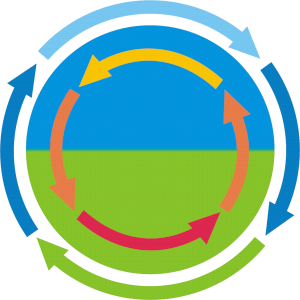Just before the first snow of this winter, a team of the Uni Bonn Astronomical, Physical and Mathematical Geodesy group has been able to install a superconducting gravimeter in the Todenfeld Observatory in the Ahr Hills. The iGrav instrument will measure the gravity effect of Earth and ocean tides, the Earth’s ongoing deformations, and subsurface water mass changes even smaller than one Billionth of normal gravity (9,81 m/s²). The device, which can be transported with a small van, might also become handy in joint observations of recent volcanism in the Eifel region.
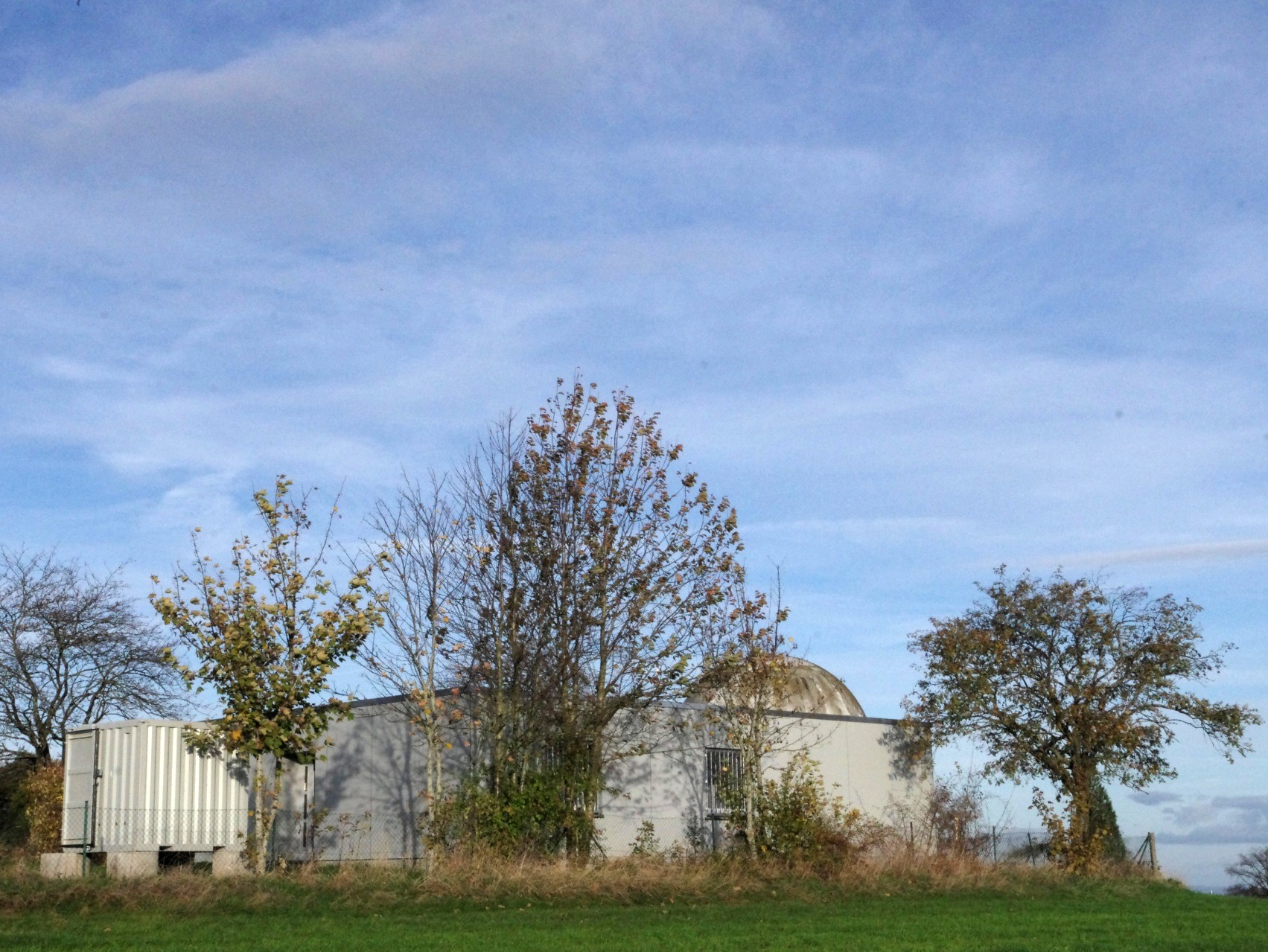 ill. 1: Todenfeld Observatory near Rheinbach
ill. 1: Todenfeld Observatory near Rheinbach
(© Foto: Dr. Benjamin Gutknecht)The “iGrav-043” was aquired by the University as a DFG major instrumentation grant in 2020; it is one of only four instruments in Germany and so far the only one operated by a university group. After careful transport from its previous site of operation in an underground laboratory in Luxembourg, the team began to set up the gravimeter on an isolated concrete base in the small observatory near the city of Rheinbach. They cooled it down to just 4 Kelvin above absolute zero (minus 269°C) and laid several underground connections to an external compressor shed that also houses a GNSS antenna for time synchronization. While the basic installation itself took only a couple of days, the process that should follow was an enduring elaborate procedure.
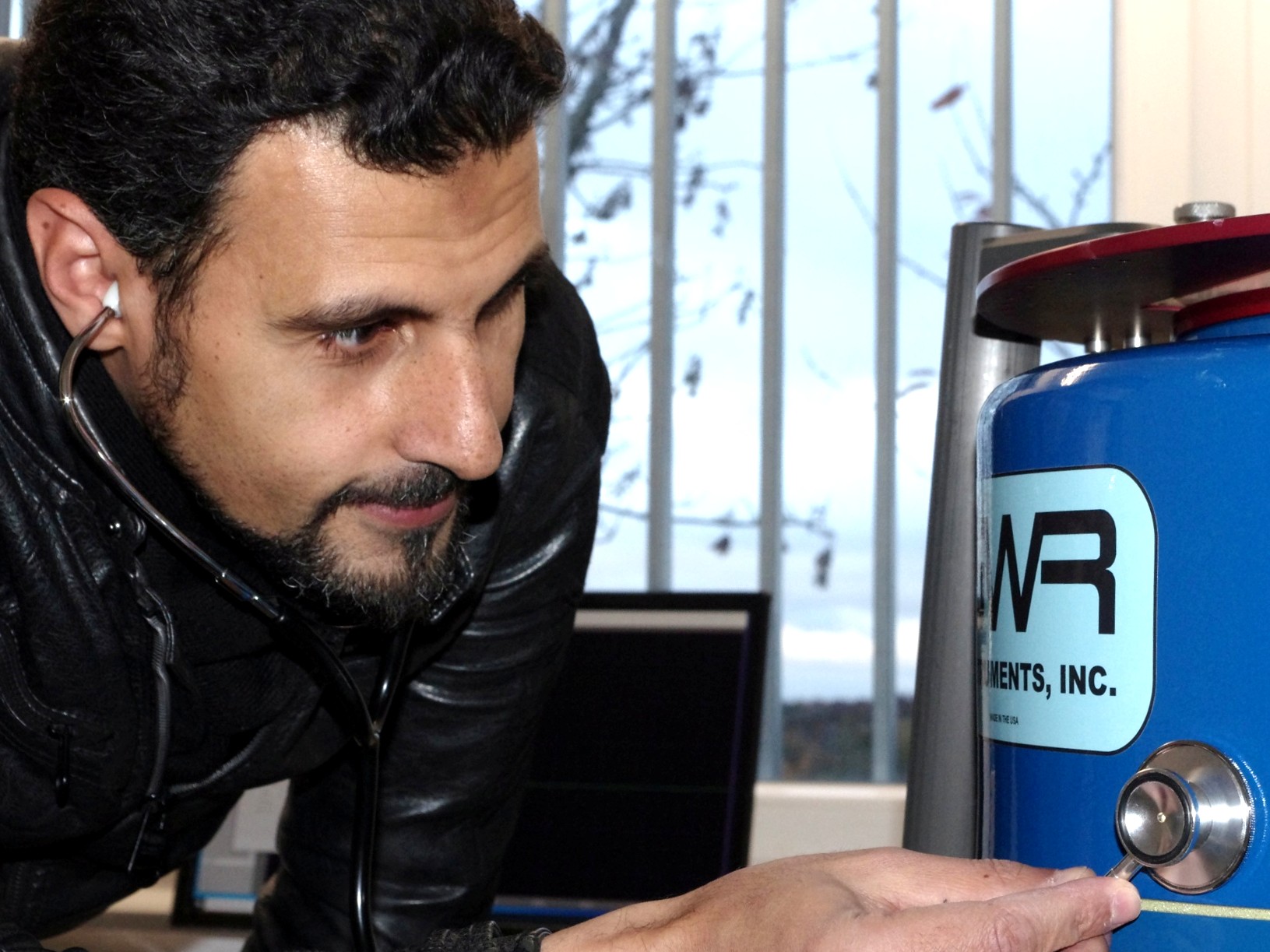 ill. 2: Dr. Elsaka checks the mechanical isolation of the coldhead from the superconducting gravimeter
ill. 2: Dr. Elsaka checks the mechanical isolation of the coldhead from the superconducting gravimeter
(© Foto: Dr. Benjamin Gutknecht)Since the iGrav is such a sensitive instrument, numerous steps have to be taken into account in order to mechanically isolate the device and apply ultra-sensitive fine-tilting and balancing to local gravity in the observatory at 400 meters height. The ‘heart’ of the gravimeter is a 2.5 cm wide and just 5 grams light sphere made of the transition metal Niobium. This metal becomes a superconductor below 9 Kelvin, and in that state the sphere can steadily levitate in free-air, in an external, nest-shaped magnetic field without any significant losses. It changes its relative position only due to variation in gravitational attraction or when the ground itself moves significantly. Thus, the motion of the sphere can be interpreted as, e.g., tidal effects, deformations of the solid Earth, motion of the Earth’s core, mass transports in the atmosphere and ocean, change of water content in the subsurface, or seismic events.
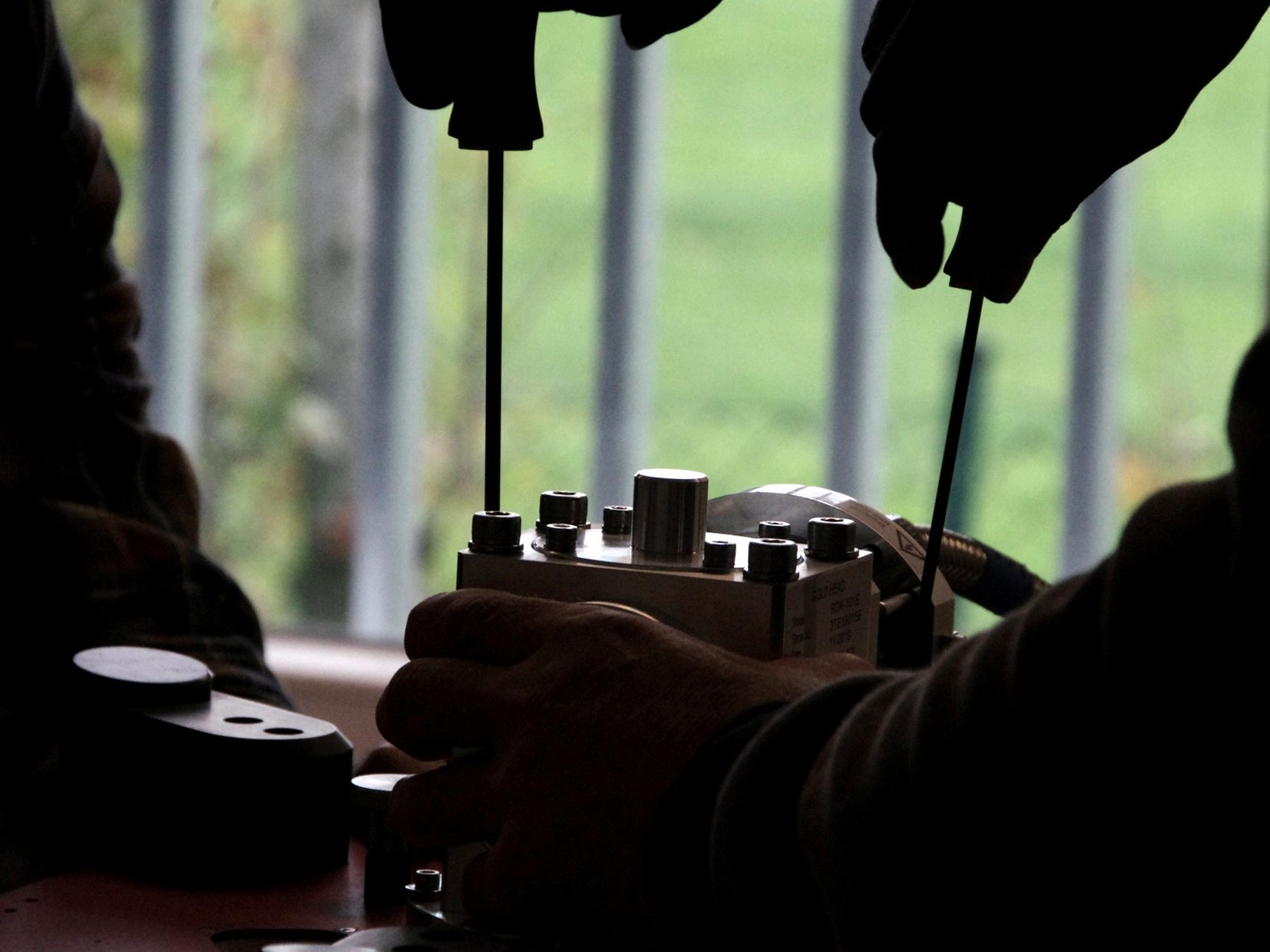 ill. 3: Installation of the iGrav superconducting gravimeter
ill. 3: Installation of the iGrav superconducting gravimeter
(© Foto: Dr. Benjamin Gutknecht)But before such a stable state would be reached, the team had to cool the instrument down in a multi-staged process with gaseous and liquid Helium. Then they successively powered up several coils in the gravimeter’s Dewar in order to generate a stable magnetic field that would eventually let the Niobium sphere levitate freely. “In similar attempts during the set-up at the previous site, the sphere had not cooperated at first go and seemed to behave a little sticky”, said Professor Jürgen Kusche, from Uni Bonn. “Therefore we had to be extremely cautious with the initialisation of the levitation”. So the team in the observatory proceeded with lots of patience and perseverance. With remote support by the manufacturer from San Diego in California, the task could eventually be completed in a great team effort on the evening of 22nd Nov 2022.
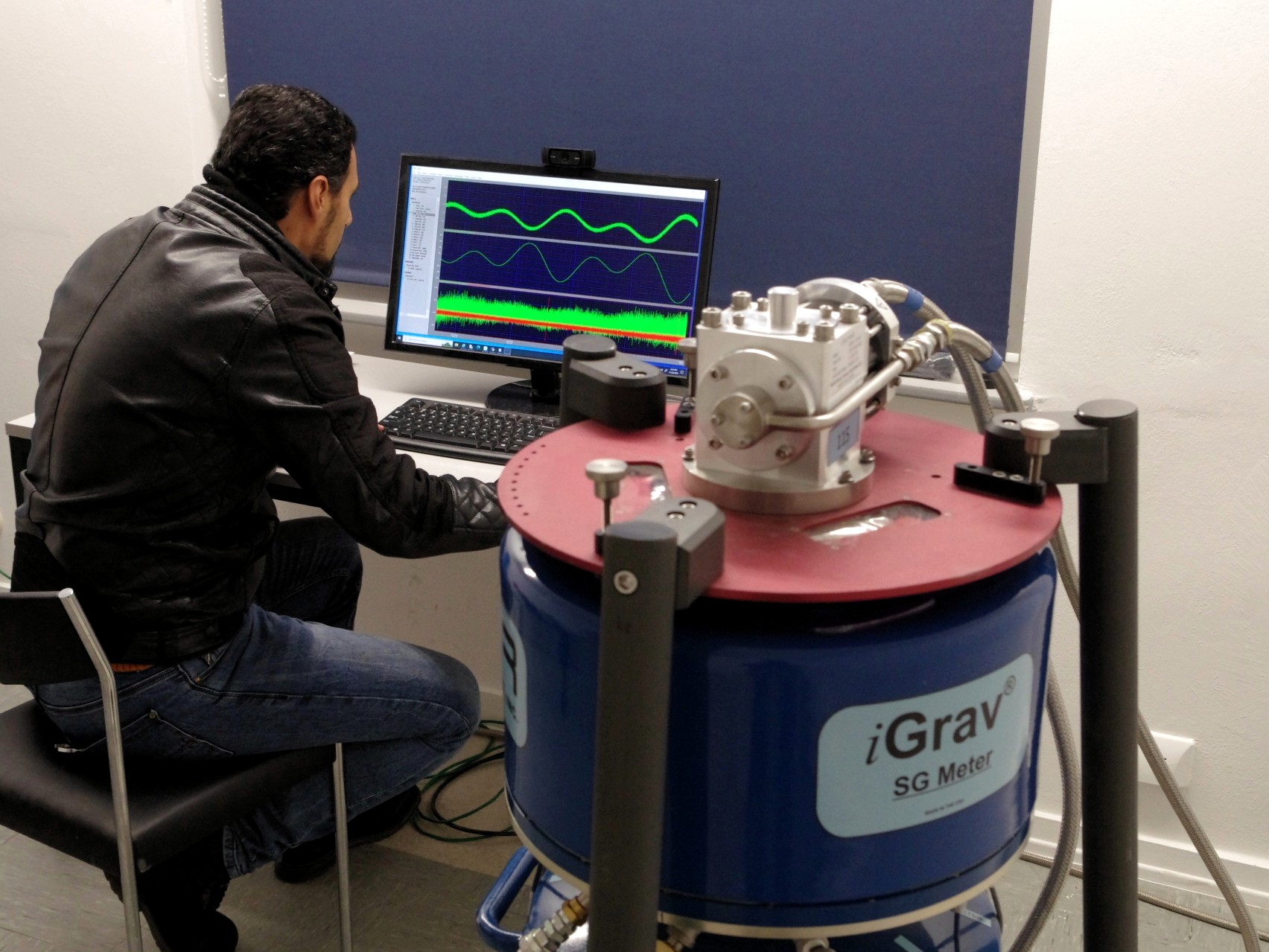 ill. 4: Analysis of first signals of the iGrav-043 after installation in the Todenfeld Observatory
ill. 4: Analysis of first signals of the iGrav-043 after installation in the Todenfeld Observatory
(© Foto: Dr. Benjamin Gutknecht)Since then, the iGrav in the Todenfeld observatory has continuously monitored variations of acceleration from the gravity field. “We already see a very clear record of the Moon and Sun tidal effects” Dr. Basem Elsaka, APMG scientist, said. His colleague from the Collaborative Research Cluster 1502 at Uni Bonn, Dr. Benjamin Gutknecht, added: “When we remove the corresponding theoretical values from a tide-model at this station, we should be able to uncover even the tiniest gravity variations, for example from changes in subsurface water content. This parameter is usually rather hard to constrain.” “The device is so sensitive”, he continues, “we do also observe ground motion from earthquakes. In this respect, the gravimeter is even a seismometer.”
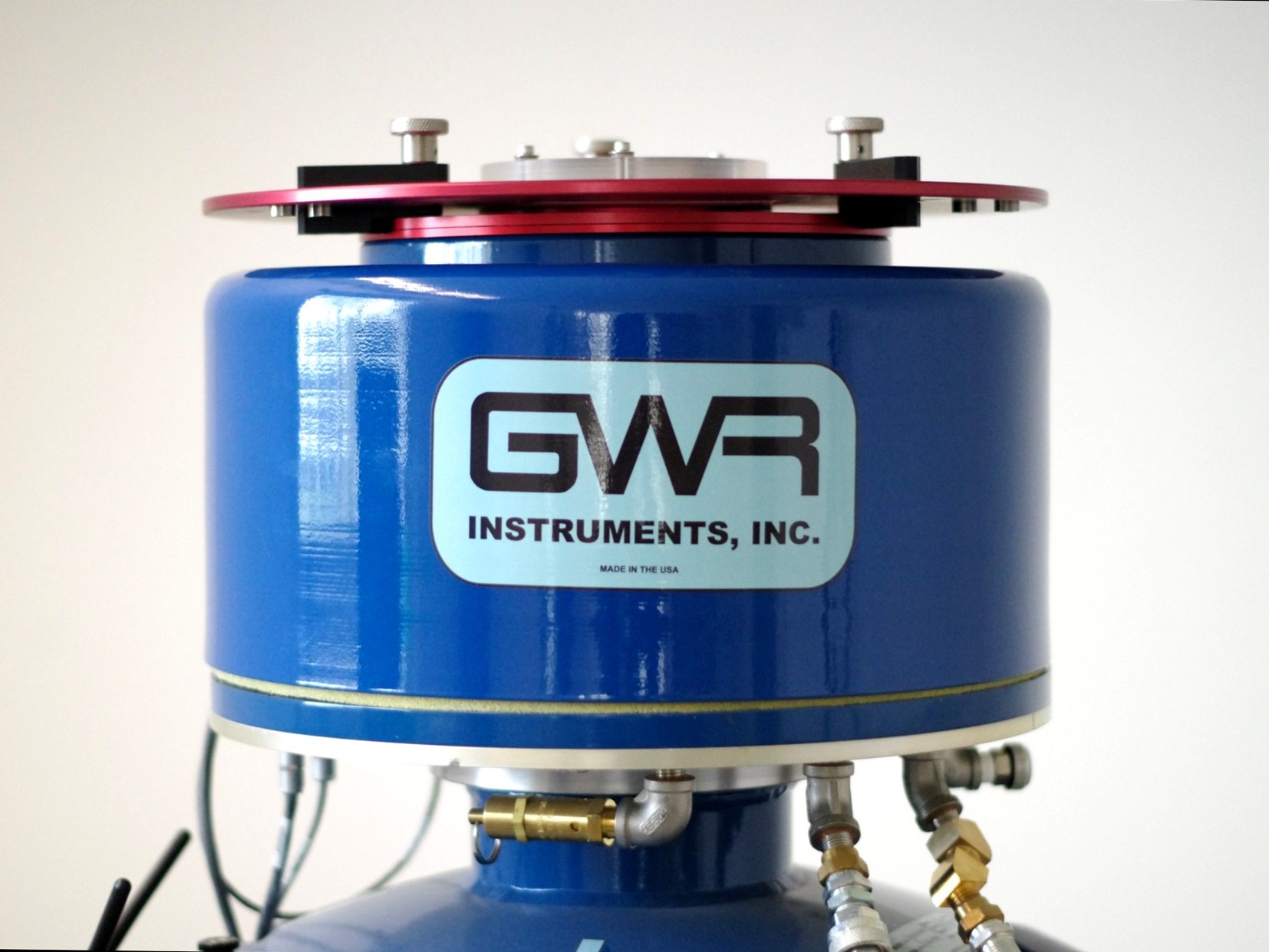 ill. 5: The iGrav-043 superconducting gravimeter in the Todenfeld Observatory
ill. 5: The iGrav-043 superconducting gravimeter in the Todenfeld Observatory
(© Foto: Dr. Benjamin Gutknecht)At ideal conditions, the iGrav has a theoretical precision to detect equivalent water height changes as small as one millimeter at ~1 minute time resolution. For the next few weeks, the team will continue observing the system, analyse drift and noise conditions, deploy more advanced tide-models, and install a remote connection. With the lessons learned, the Uni Bonn team will be able to deploy the iGrav also in other locations, in the framework of on future research campaigns.
The change of total water storage in the subsurface has recently been added to the list of so-called Essential Climate Variables (ECVs) by the Global Climate Observing System programme (GCOS) and is one fundamental observable in several research projects of the Collaborative Research Cluster (CRC) 1502.
Contact:
Dr. Basem Elsaka
Astronomical, Physical and Mathematical Geodesy Group
University of Bonn
Tel: +49 228 73-2750
Email:
A video of the installation process has been made available. You can hear the iGravs characteristic 'heart-beat' at the very end:
Photos and video: Dr. Benjamin Gutknecht
